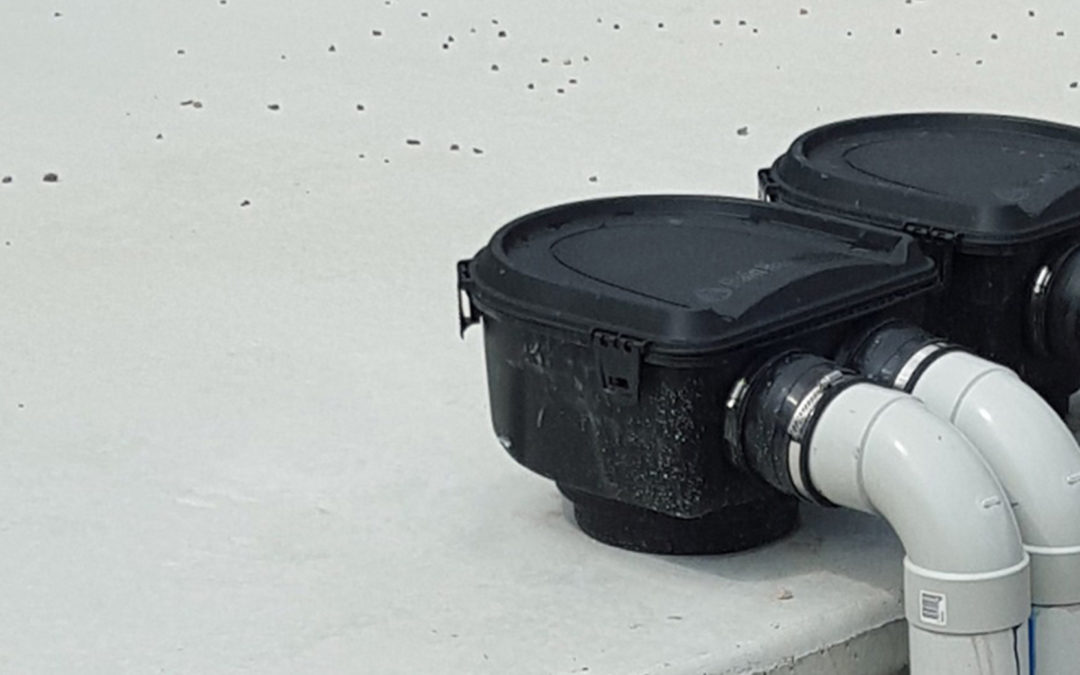Concrete rainwater tanks are a popular choice in urban, semi-urban and rural areas.
Suitable for both aboveground and underground installation, they can be delivered complete, or poured on site at your property.
Concrete water tanks are often made to hold immense quantities of water, although smaller options are also available.
Pre-made concrete tanks
Concrete rainwater tanks that are delivered in a complete form are craned off a truck and onto a prepared base of compacted crusher dust or compacted sand, stabilised around the edges.
Pre-made concrete water tanks come in one to three pieces. A two piece tank is made up of two “cups”, one inverted on top of the other. Three piece tanks are much the same, but with a ring section in the middle. Depending on the manufacture, the sections of your pre-made tank may be sealed together in a variety of ways. Some use a sealing ring made from a rubber or synthetic substance which is placed in a groove of the lower “cup” with sealant before the top half is placed on. Sealant is then applied to the inside of the tank at the joint to stop the water leaking out.
Poured onsite concrete tanks
Often, concrete rainwater tanks are poured on site at your property. They use a steel mould into which reinforcing steel is placed before concrete is poured in. The steel formwork is then removed and the completed tank is revealed.
Underground options
Concrete rainwater tanks are usually the most affordable underground tank option available. When covered with load-bearing lids, they can be fitted under driveways or other structures. This makes them a particularly popular choice in urban areas and developments with limited space.
The right tank for you
If space is a concern or you want a single tank that can hold vast quantities of water, a underground or aboveground concrete rainwater tank may be the ideal choice for you.
Cracking is the most common complaint among concrete water tank owners, but most concrete tank makers have techniques to minimise this.
Whatever you choose, it’s important to complement your tank with filters, screens and other equipment to ensure you get the best possibly quality water in your tank.
Click here to learn more about other rainwater tank options.
